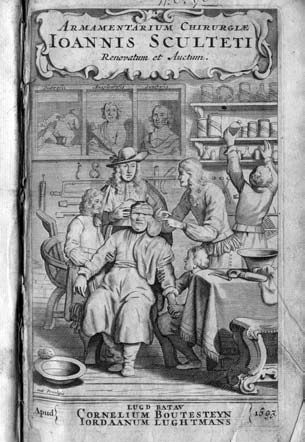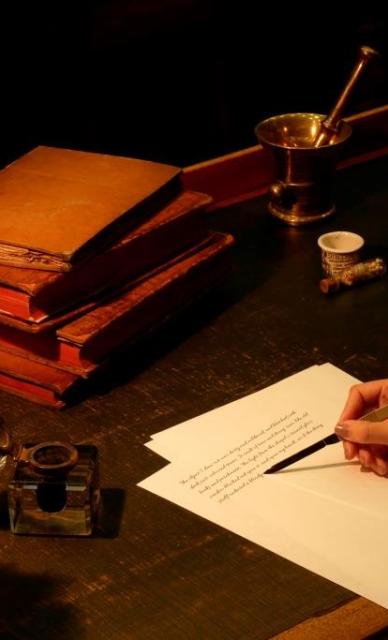Physicians' Gallery Newsletter
Updates on upcoming events, exhibitions and online stories
Empowering medical excellence, shaping healthcare futures.
Galen considered neoplasms to be due to an excess of black bile, which solidified in certain parts of the body. In his treatment he prescribed a strict dietary regime and purges to dissolve the offending bile. Galen’s classification of tumours and his view of the causes of cancer were followed by physicians for more than 1,500 years.

Benivieni was an eminent Florentine physician who included among his patients Machiavelli, Lorenzo de Medici and Leonardo da Vinci. Benivieni’s work was the first book on pathological anatomy. It included the first reports of autopsies specifically made to determine the cause of death. One entry clearly describes a case of carcinoma of the stomach, although Benivieni did not recognise it as such.
Wilhelm Fabricius has been called the father of German surgery. His Century of surgical cases is the best collection of case records for the 17th century. It gives clear accounts of his surgical methods, and includes a number of cases of cancer in which he carried out extensive operations. Fabricius was the first to perform excision of axillary nodes in breast cancer.
Scultetus was city physician at Ulm, and the leading German surgeon of his day. His Arsenal of surgery was the most widely used illustrated treatise on surgery of the 1600s. It contains a catalogue of all known surgical instruments of the period, and a vast number of operating procedures including a mastectomy.
Peyrilhe’s doctoral thesis marked a great advance in the knowledge of cancer. He recognised the essential unity of its many forms and pointed out that it was initially a local disease which later becomes generalised due to tumour cells permeating the lymphatic system. Peyrilhe also made the first attempt at an experiment to determine the nature of cancer by injecting fluid from human mammary cancer into a dog. His housekeeper, however, objected and drowned the animal.
Pott gave the first description of an occupational cancer. He noted that cancer of the scrotum in chimney sweeps was caused by prolonged exposure to the carcinogenic agents in chimney soot – the first time that the origin of a type of cancer was traced to a specific external cause.
The first systematic textbook of pathology, introducing the field as an independent science for the first time. Baillie’s descriptions and engravings of cancers were the clearest and most accurate illustrations of the disease published up to that time.
In 1801 the first society for the study of cancer was established – the Institution for Investigating the Nature and Cure of Cancer. The Committee included Matthew Baillie, Everard Home and John Abernethy. Their aims were outlined in the above issue of the Edinburgh Medical and Surgical Journal.
In the above work Home included the first published illustrations of the appearance of cancer under the microscope. He neither commented on them in the text, however, nor drew any conclusions from them.
John Hughes Bennett, a Fellow of this College, began histological studies of tumours in 1842. After seven years of work he published his research in this book. It describes 56 tumours together with the clinical history, operation and follow-up report.

Updates on upcoming events, exhibitions and online stories